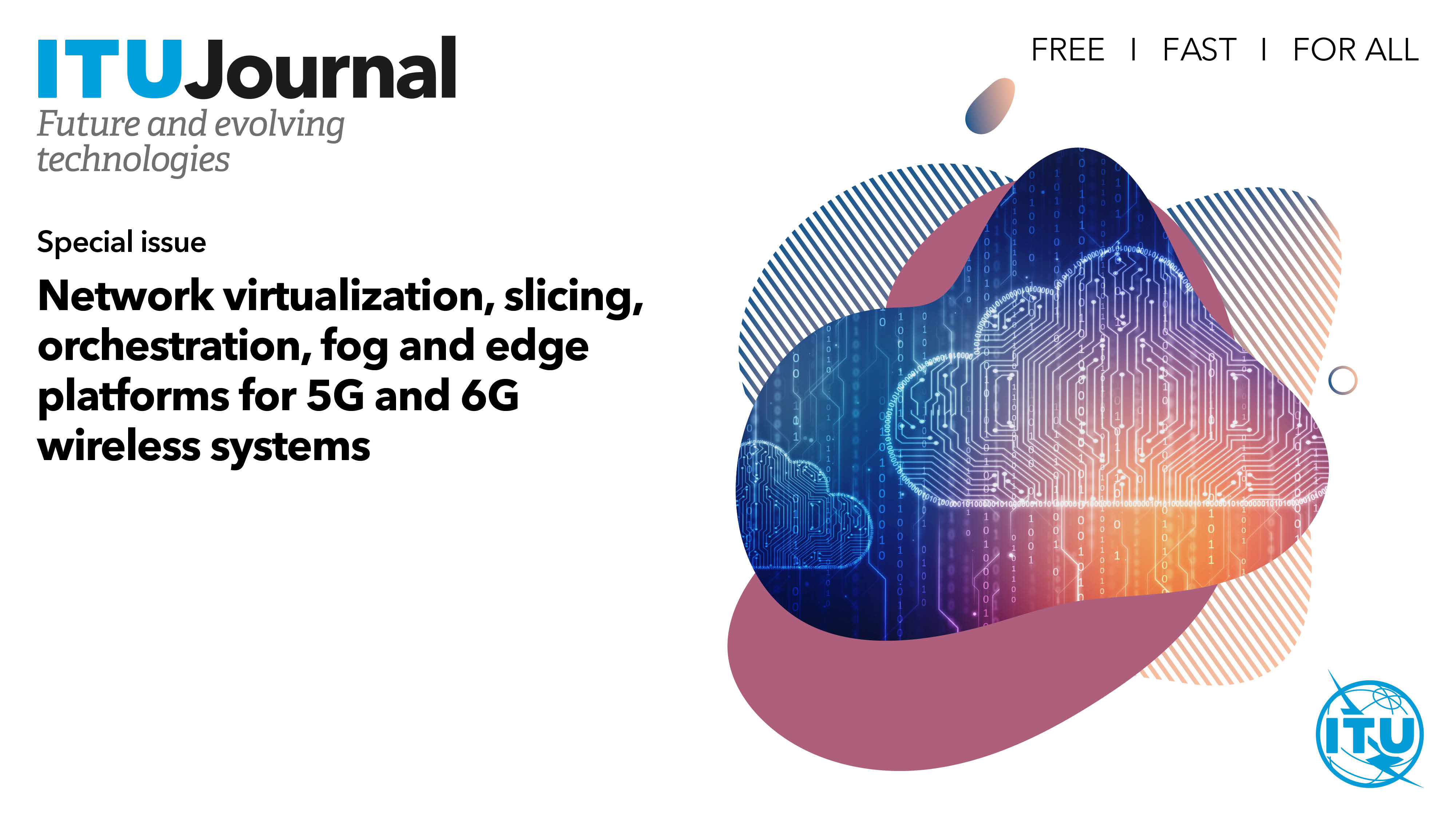
Theme
Cellular networks have been undergoing a huge evolution recently, driven by the growing demands of users for agility and quality of service. 5G networks promise to deliver very high mobile bandwidth, meet strict latency requirements and provide a wide range of services and applications. 6G networks are expected to exhibit even more heterogeneity in terms of usage scenarios and supporting applications with varied types of QoS requirements. To achieve the goals of new generations of cellular networks, there is a growing demand for new and improved features of the backbone infrastructures. The network needs to provide high throughput and low latency combined with efficient use of available capacity to support the performance demands of emerging applications. Signaling functions, such as the IMS control plane or Packet Core, currently rely on cloud architectures in large data centers to increase flexibility and use hardware resources more efficiently. However, to achieve the same benefits for the user plane and radio applications, computing capabilities need to move to the edges of the network. This allows providing the extremely high bandwidth required between radio equipment and applications and meeting low latency demands. Therefore, there is a clear synergy between the edge computing paradigm and the requirements and characteristics of 5G and 6G cellular networks.
In addition to taking advantage of edge computing capabilities, 5G and 6G technologies will also be heavily based on the concept of network function virtualization. This concept provides flexibility and agility in the provision of services demanded by applications. It is envisioned that the 5G and 6G services will comprise a set of chained virtual network functions, which will be dynamically instantiated and deployed in a shared and distributed cloud-edge infrastructure. Consequently, models for sharing the virtualization-based network infrastructure are another key element of 5G and 6G networks. In this context, the concept of network slicing is a promising approach to enable the sharing of physical and virtual network resources. Network slicing consists of dividing the physical network into separate logical networks, known as slices. Each slice can be configured to offer specific features and network characteristics. Different network slices can be created and configured to meet the different classes of services provided for in the 5G networks (eMBB, mMTC and URLLC). Thus, end-to-end network slicing can help to multiplex physical resources by deploying multiple services on the same underlying physical infrastructure. Its adoption will allow operators to create customized network slices for their customers and provide them as a service, generating a new business model for mobile network operators.
In these highly virtualized and distributed environments that characterize the landscape of 5G and 6G networks, several challenges arise related to the management and orchestration of resources, which are the target of this special issue.
Keywords
Computer networks, distributed systems, 5G/6G systems, cloud computing, fog computing, edge computing, MEC, resource allocation, network virtualization, network slicing
Suggested topics (but not limited to)
-
- Architectures for resource orchestration in 5G/6G
- Security, privacy and trust for 5G/6G
- Blockchain and distributed ledger for 5G/6G networks
- Network functions virtualization
- Network virtualization
- Network slicing
- Cognitive radio networks
- Software-defined networking
- Resource allocation and management for 5G/6G
- Virtual network function placement in MEC systems for 5G/6G
- Fault tolerance and resilience in 5G/6G systems
- Orchestration in MEC systems for 5G/6G
- IoT applications for edge/fog/cloud distributed computing
- Network protocols and communication issues in edge supported 5G/6G systems
- Distributed data analytics, data processing, modeling and training
- Edge and fog management protocols and policies for workload distribution
- Privacy issues to prevent non-authorized data access
- Security issues including secure communications and strategies to detect and mitigate attacks
- Securing the firmware, upgrade procedure and bootstrapping of devices in 5G/6G systems
Download here the FULL call for papers.
Leading Guest Editor
Guest Editors